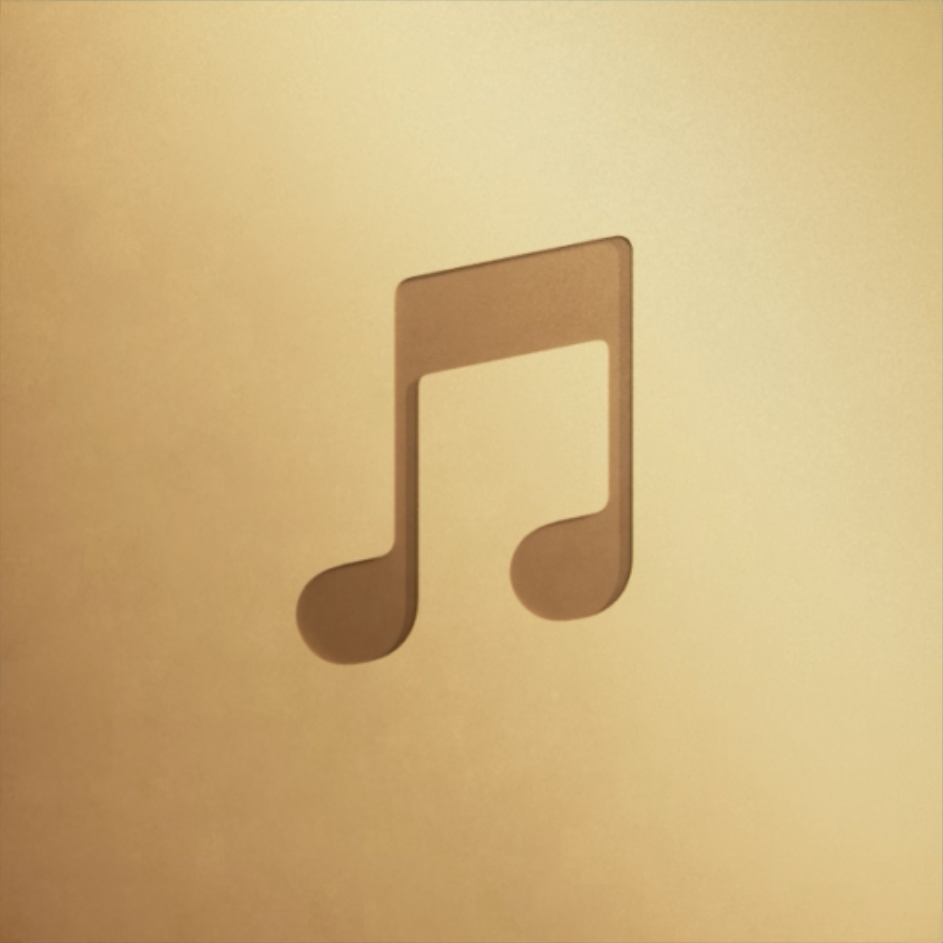Nothing else has ever come close to its mix of pop hooks and avant-garde sound-sculpting.

Hounds of Love
Kate Bush
50
If Kate Bush’s first two albums were steeped in the art-rock of the ’70s, then the British singer-songwriter’s fifth LP in 1985 didn’t just reflect its era—it helped define it. Few songs are more evocative of the sound of mid-’80s pop than the eternal “Running Up That Hill,” with its gated drums, quasi-dance beat, eerie vocal effects, and instantly recognizable synthesizer melody. Likewise, few albums did more to take the ambition of progressive rock and port it into the digital era.
“Her voice was so beautiful, to the point where I really believed that if I could sing along with her and hit the same notes that I had a tiny chance to be able to be a legit singer at some point.”
Alanis Morissette
Split across two side-length suites, the album grapples with big themes—the gulf between men and women, the fierceness of a mother’s love, the nature of dreams—with Bush’s voice an instrument of breathtaking power, capable of both tenderness and force. In 1985, there was nothing else like it out there. And in some ways, nothing since has ever come close to its mix of pop hooks and avant-garde sound-sculpting. But Hounds of Love also opened an entire world to be explored, with generations of musicians—Björk, Fiona Apple, Tori Amos, Joanna Newsom, to name just a few—following in Bush’s wake.